How to tell fruit trees and bushes from their flowers with way more pictures of blossom than is necessary.
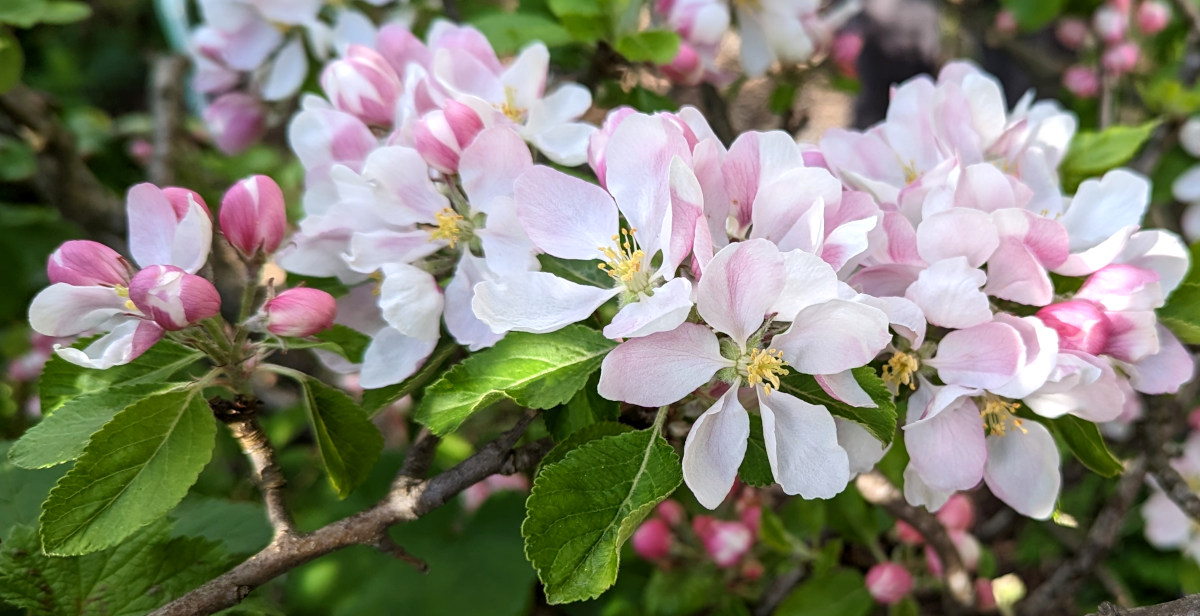
Telling fruit bushes and trees apart by their blossom is a great way to identify them in the spring, when they are in full bloom. While there is some overlap in the appearance of different types of blossom, there are also some key features that can help you distinguish them.
A blossom, or flower, is a complex structure composed of petals, sepals, stamens, and pistils.
Below: A kiwi blossom in close up showing the component parts of the flower.
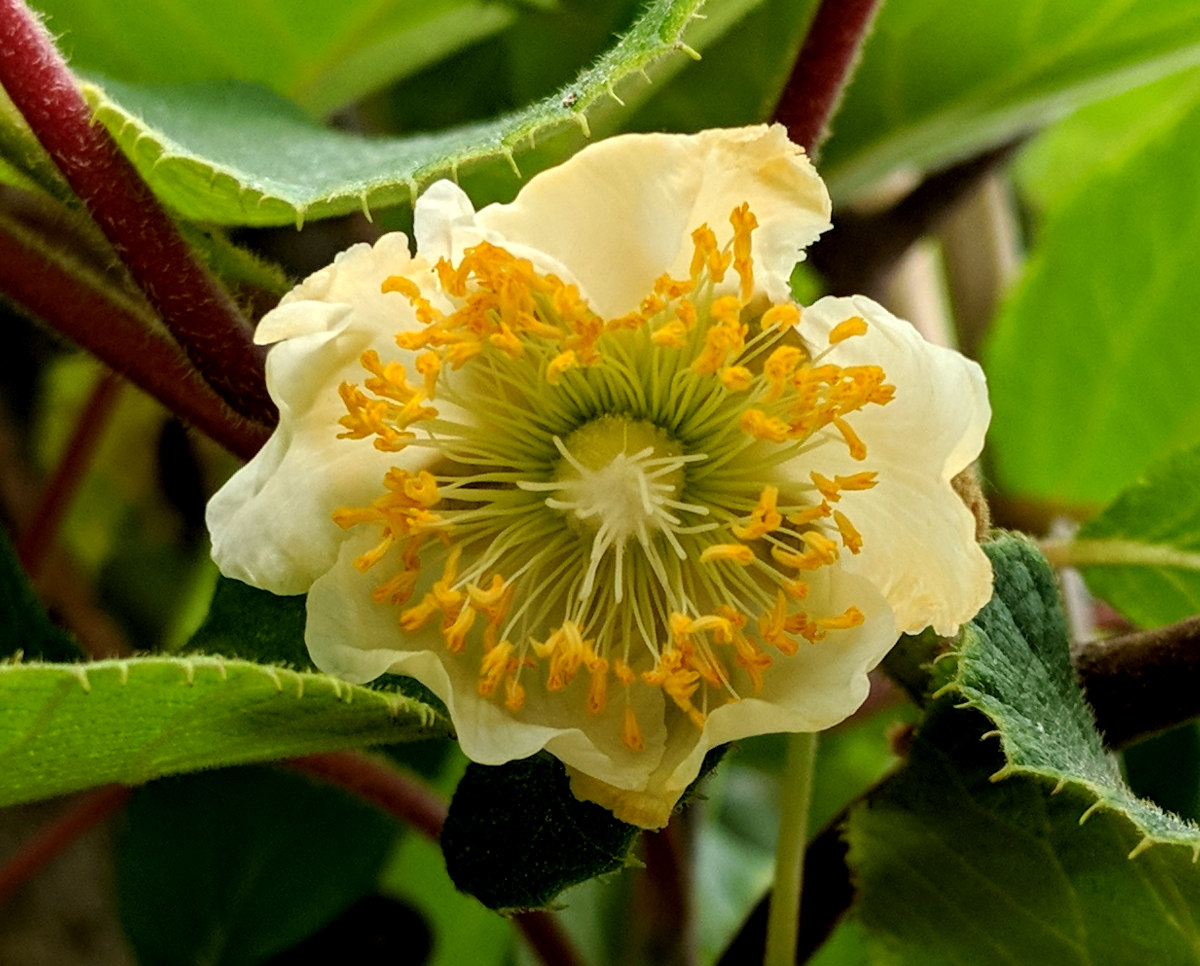
These components, along with their arrangement, can provide valuable clues for distinguishing between bushes and trees.
I take great delight in all of the spring flowers in my garden, even the currants which are small and green and so short lived. I find that one of the more enjoyable parts of gardening is being able to enjoy the colour and scents of flowers.
Blossom Structure:
Petals are the modified leaves that surround the stamens and pistils.
Take note of the number and colour of petals. Some fruit bushes and trees have simple, delicate white petals, while others boast vibrant colours like pink, red, or purple.
Below: You can tell pear blossom from apple because it has black tips to the stamens.
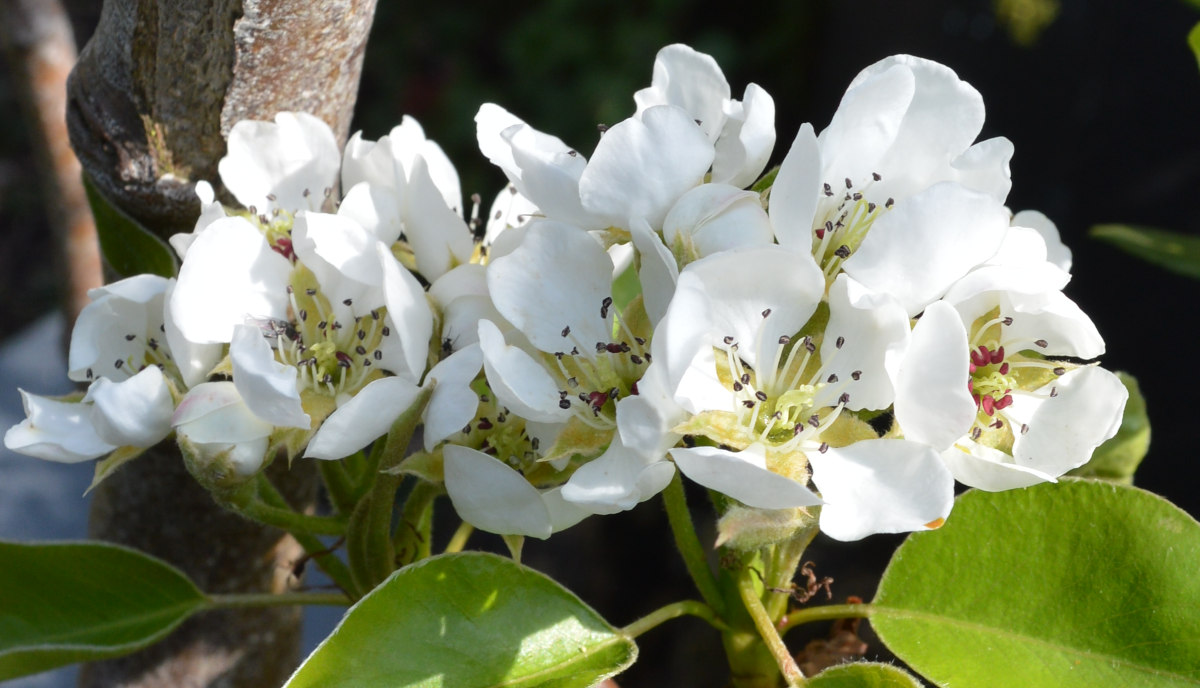
Apple, pear and cherry trees, for instance, have five delicate white petals, while blueberry bushes have small, white, bell-shaped blooms. Each flower has the potential to become one fruit.
Sepals are the green leaf-like structures at the base of the petals.
Sepals protect the bud before it opens and provide support for the parts of the flower. In some plants, sepal size and shape can be a distinctive feature.
Stamens and Pistils are the reproductive organs.
Stamens are the male parts and pistils are the female parts of the flower. Fruit tree blossoms typically have both stamens and pistils, responsible for pollination and fruit development.
Below: Peach blossom often forms in large clumps and is a little bigger.
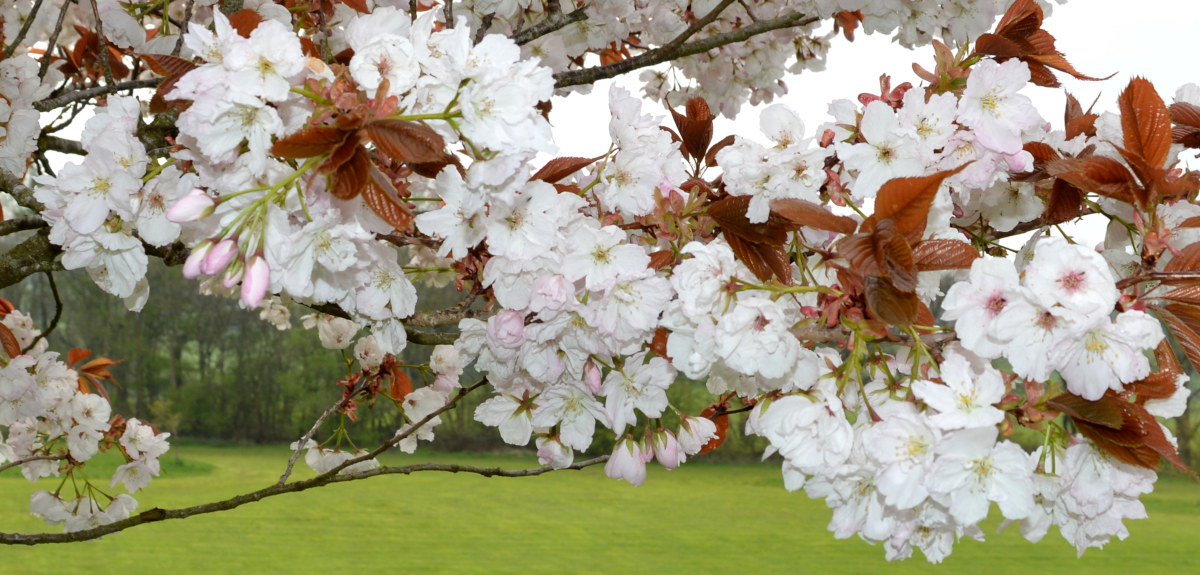
In contrast, some fruit bushes may have only pistils or stamens, depending on their specific reproduction mechanisms.
How to tell fruit bushes and trees apart by their blossom:
One of the reasons I grow fruit is for the blossom, it lights up the garden after dull cold winters and brings promise of the harvest to come.
Here are some ways you can tell fruit trees and bushes apart by their blossom:
Flower shape and size:
One of the first things to look at is the shape and size of the flowers. Fruit tree blossoms tend to be larger and more showy than fruit bush blossoms.
Below: Cherry blossom in large clumps.
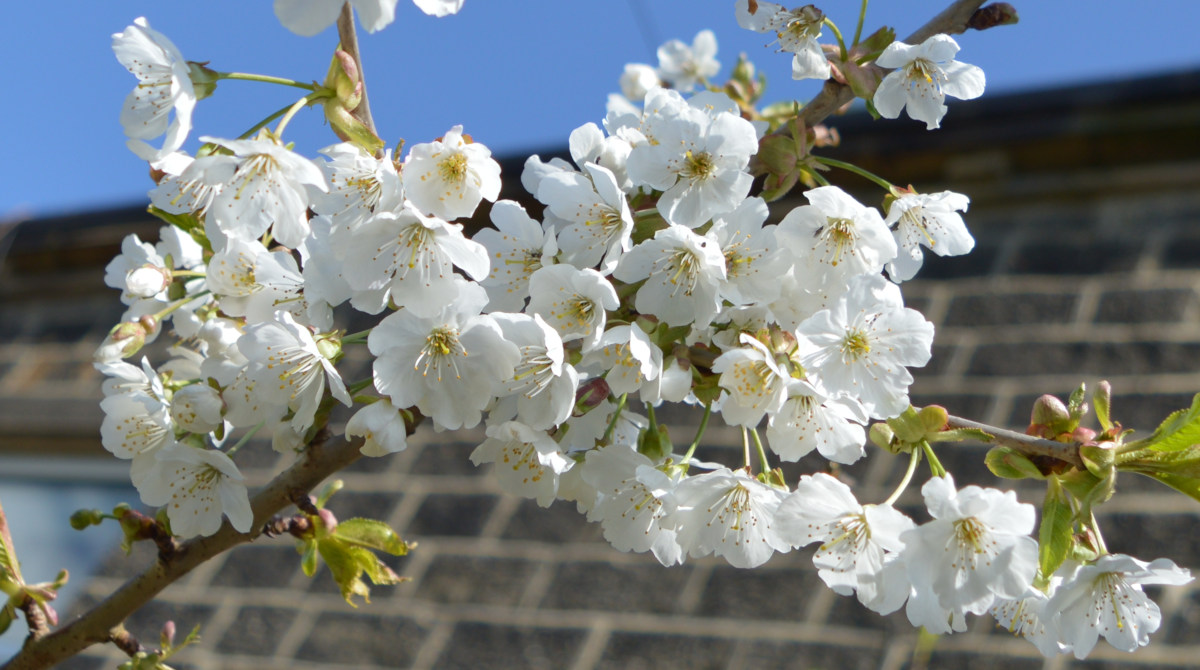
For example, apple blossoms are typically 2 inches in diameter, while blueberry blossoms are only about 1/4 inch in diameter.
Flower colour:
Another key feature to look for is flower colour. While there is some overlap, certain colours are more commonly associated with certain types of fruit trees and bushes.
Below: Apple blossom tends to be coloured while pear and plum tends to be white.
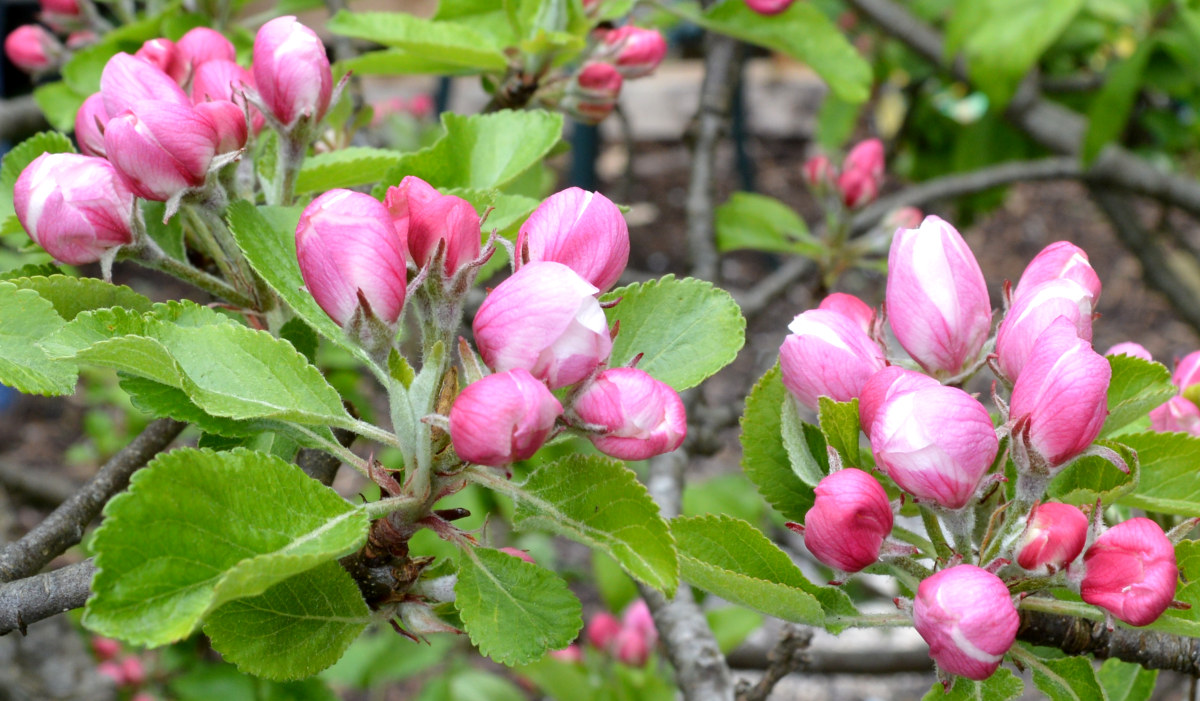
For example, white blossoms are common on apple, pear, and cherry trees, while pink blossoms are common on peach, plum, and nectarine trees.
Blossom colour fades after the flowers have opened.
Arrangement of flowers:
The arrangement of flowers on the stem can also be helpful for identification. Fruit tree blossoms are often arranged in clusters, while fruit bush blossoms are more likely to be solitary.
Plum blossom is white or pink, and it is borne in clusters directly on the branches or laterals.
Below: Blackthorn is a member of the plum family which produces clusters of small open flowers all along the stems.
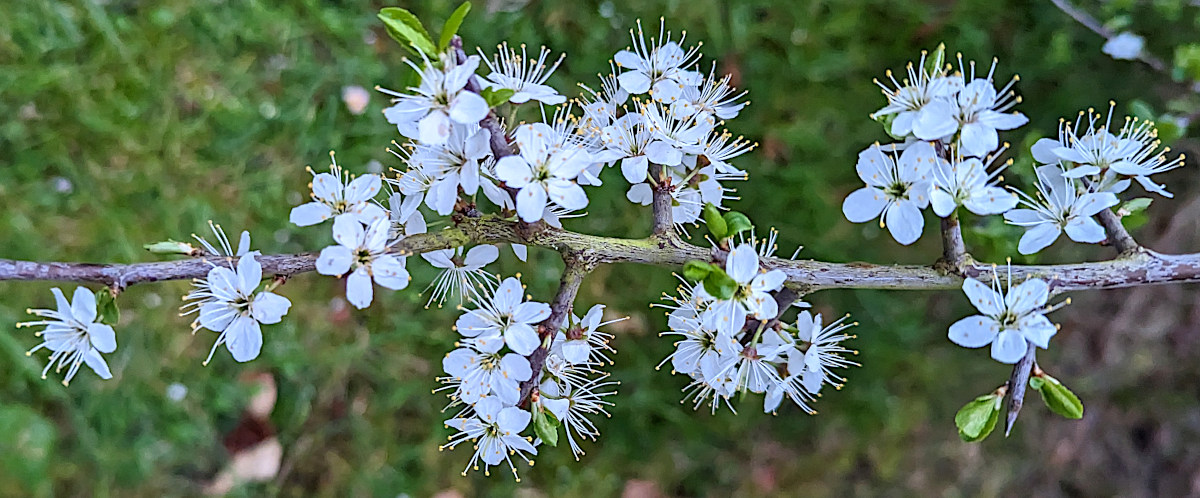
For example, apple blossoms are typically arranged in clusters of 5-7 flowers, while blueberry blossoms are solitary.
Cherry blossom is white or pink, and it is borne in clusters on the tips of new shoots.
Apricot and peach blossom is white or pale pink, and it is borne in clusters directly on the branches or laterals.
Other features:
Other features that can be helpful for identification include the number of petals, the presence of sepals, and the shape of the leaves.
Below: Apple blossoms have 5 petals and 5 sepals, while blueberry blossoms have coalesced petals and sepals.
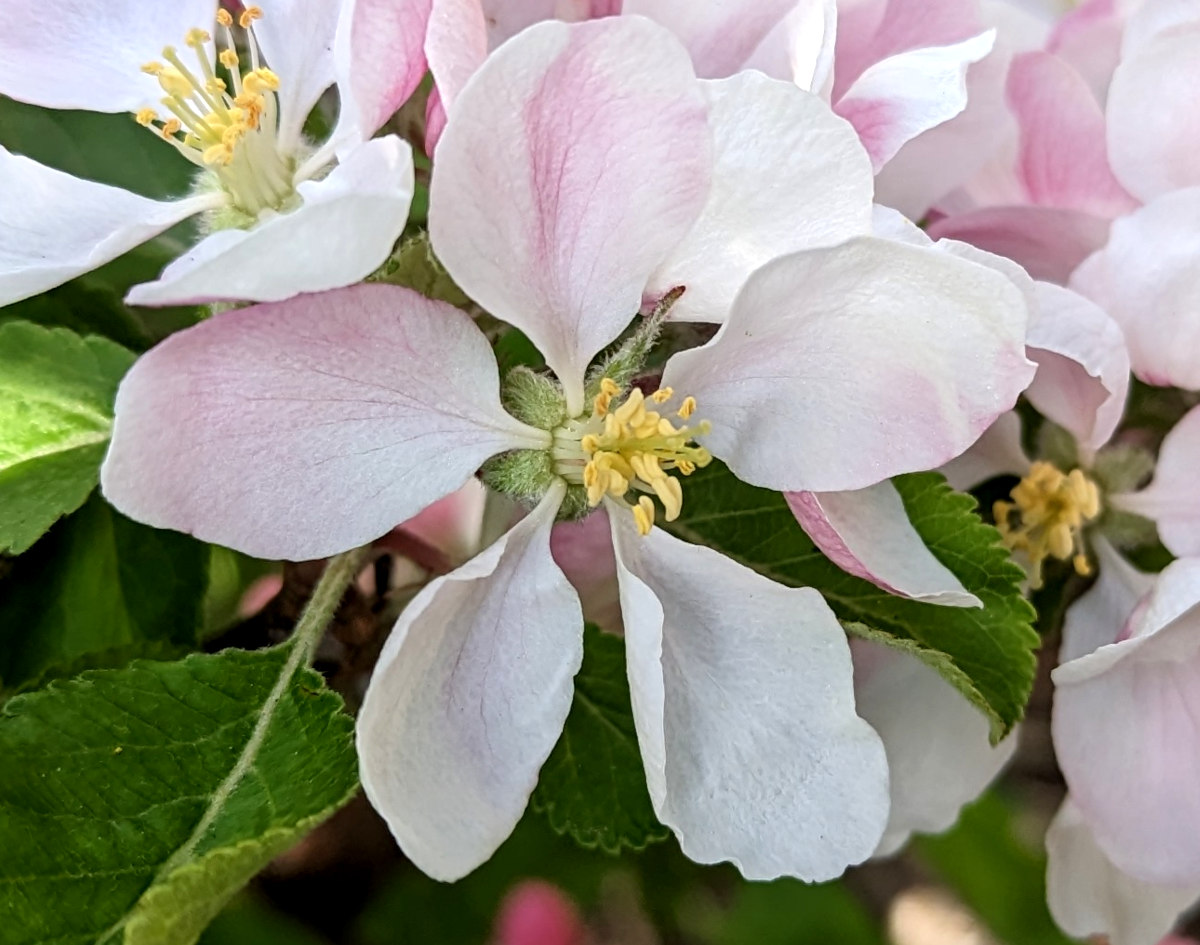
Apple leaves are also oval-shaped, while blueberry leaves are elliptical.
Here is a table that summarises some of the key differences between fruit tree and fruit bush blossom:
| Feature | Fruit tree blossom | Fruit bush blossom |
|---|---|---|
| Size | Larger | Smaller |
| Shape | Showy | Less showy |
| Colour | White, pink, red | White, pink, purple, blue |
| Arrangement | Clusters | Solitary or in small clusters |
| Other features | 5 petals, 5 sepals | 4 petals, 4 sepals |
Fruit bush blossom is often clustered together in dense bunches, while fruit tree blossom is often borne in clusters on the tips of new shoots or spurs. While some fruit bushes may produce lightly scented blossoms, it's usually more subtle than the strong fragrance of fruit trees.
Blackcurrant blossom is a cluster of tiny flowers with an immature fruit at the base.
Below: Blackcurrant flowers.
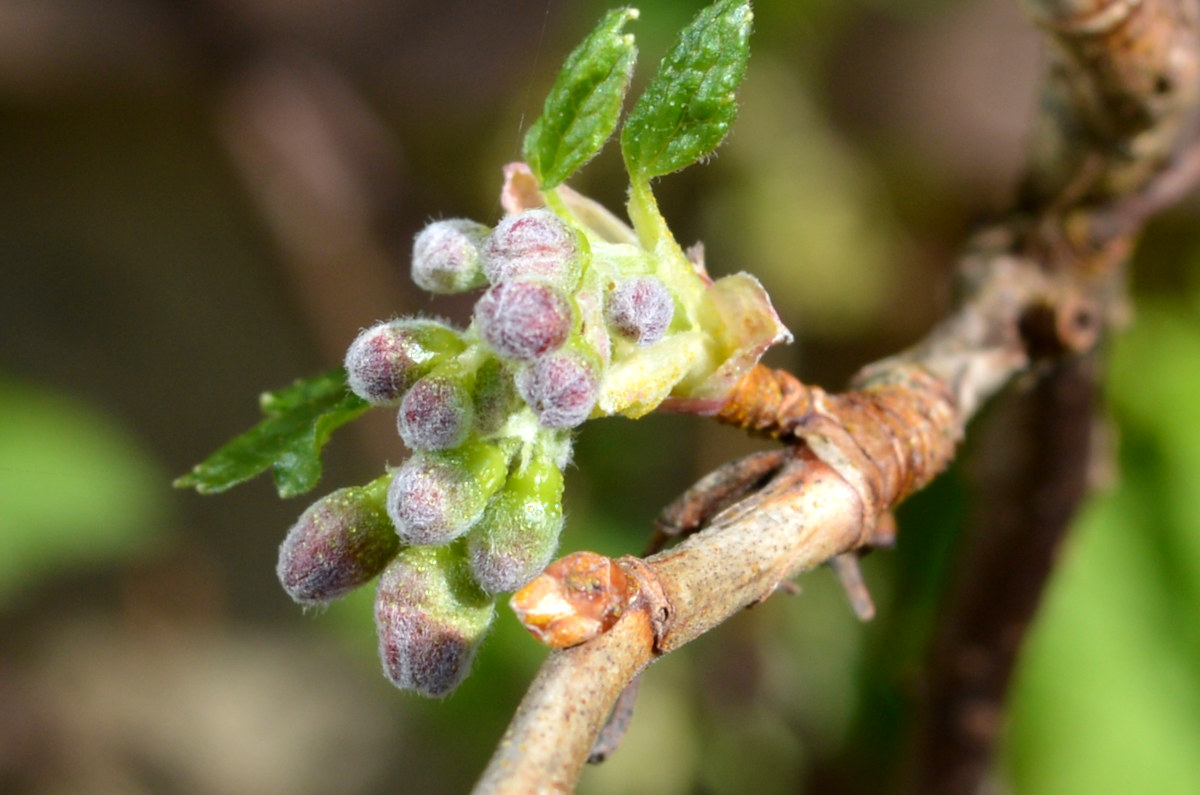
The blossom of blackberries and raspberries is white or pale pink, and it is borne in clusters on the tips of new shoots.
Blueberry blossom is white or pale pink although the wild type have a deep rich colour.
Below: Blueberry blossom.
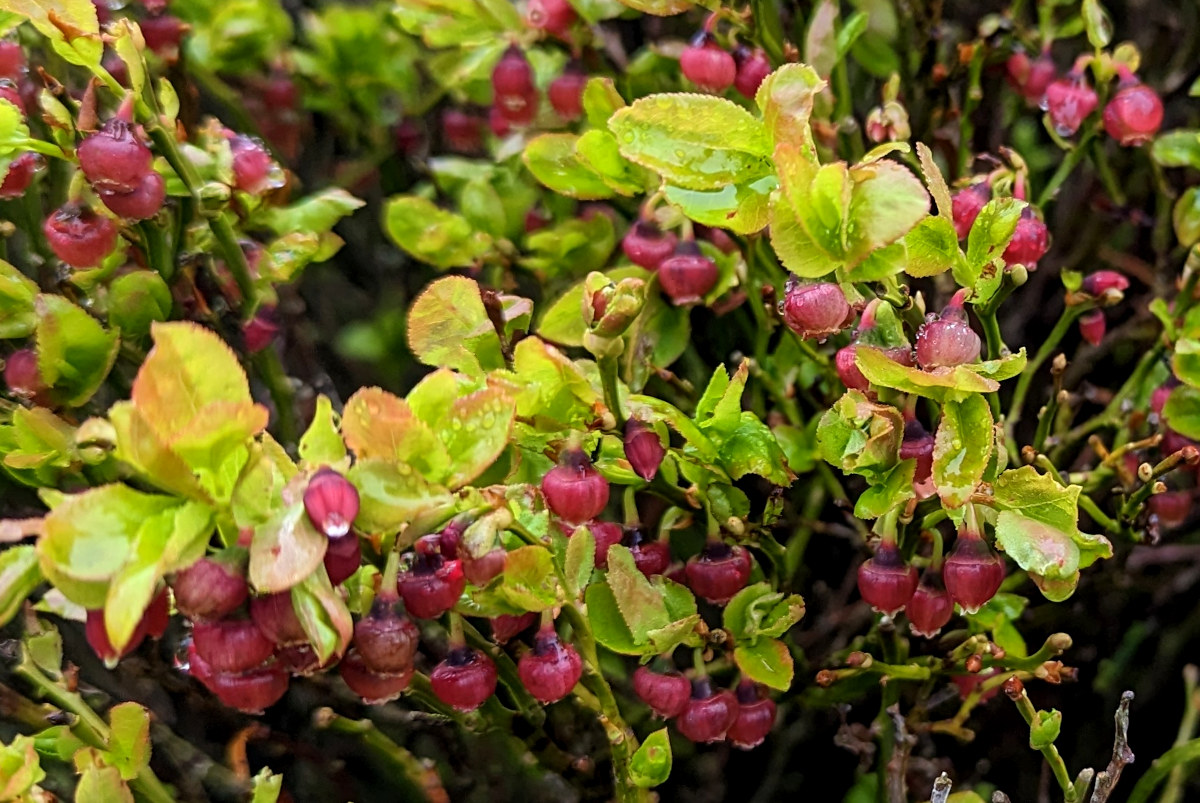
Blueberry bushes have small, bell-shaped, white blossoms with a gentle scent.These bushes are low-growing and have slender leaves.
Currant blossom is white, red, or purple, and it is borne in dense clusters on the tips of both new and old wood.
Below: Red and white current flowers are small and green and form in long strips.
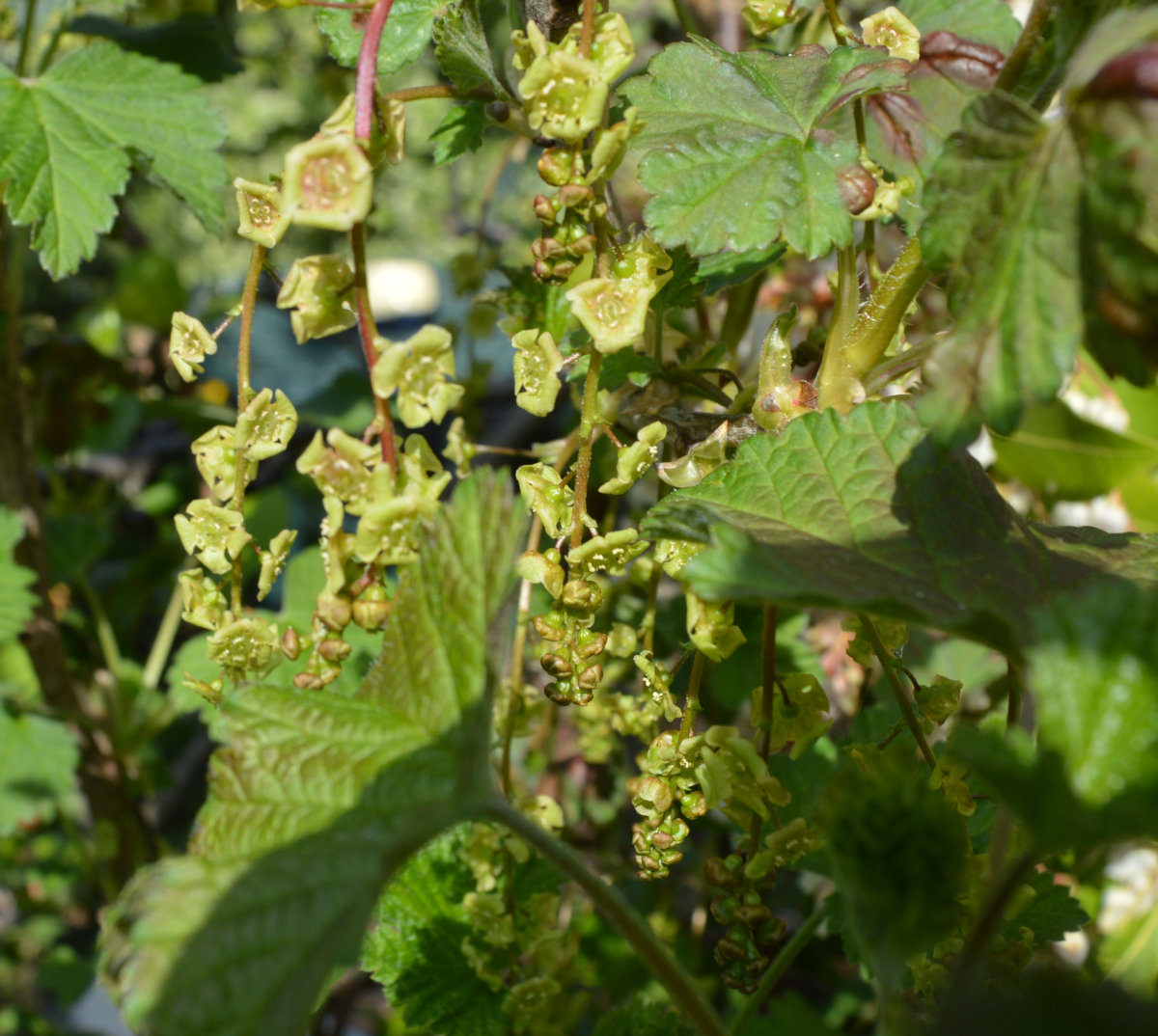
Gooseberry blossom is white or pale pink, and it is borne in small clusters on the tips of new shoots.
